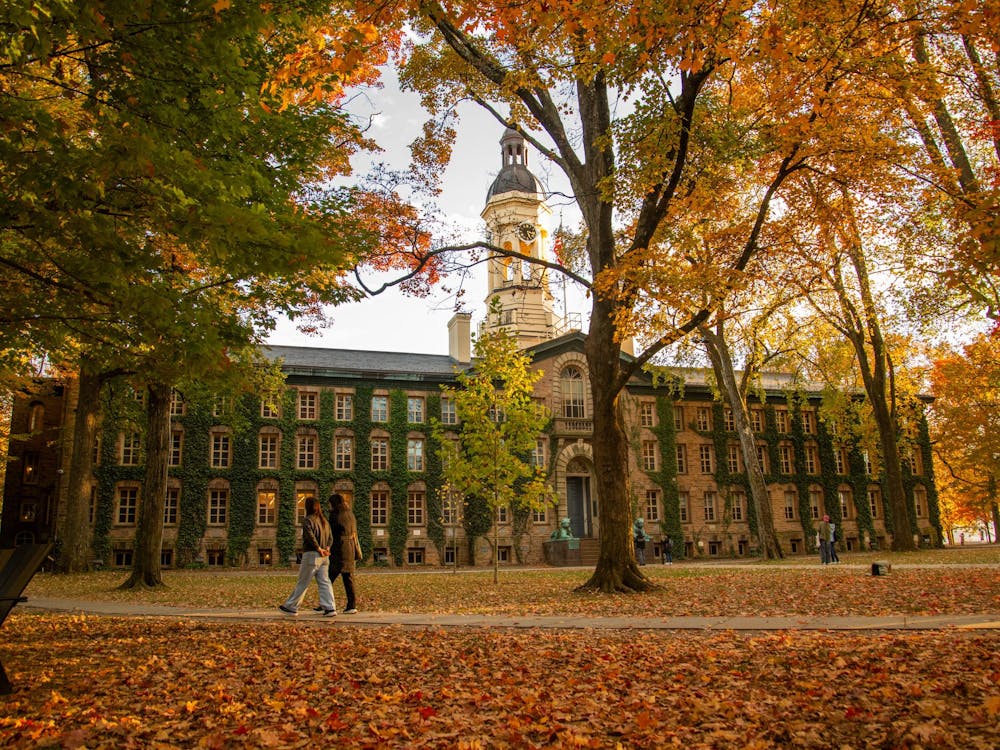In a public showcase last Wednesday, the University presented its extensive, multi-year campus plan. One of the most ambitious aspects of the plan is the new Center for the Creative and Performing Arts, a multi-use "neighborhood" that will lie within the area bounded by University Place, Alexander Road and the Dinky line. As presented at the showcase, the center offers exciting and innovative prospects for transforming the University and its relationship with the community.
A key element of the proposed arts neighborhood is multi-use planning that will include academic and performance spaces as well as commercial enterprises. The center is expected to include a satellite gallery of the Princeton University Art Museum and several arts venues, including an experimental theater. This concentration of artistic resources bodes well for the creation of a lively new campus district that will better integrate Forbes College with the rest of campus, the surrounding community and, through the Dinky, even places beyond the Bubble.
The planned location for the center lies in an area that currently consists of University administrative facilities and a few private enterprises. Though the area contains some buildings of importance to students, notably the beloved Wawa convenience store, its administrative orientation separates Forbes College from the heart of academic and student life on the Princeton campus. The creation of a new academic neighborhood at Forbes' doorstep would do much to relieve the sense of isolation that some Forbes residents feel and perhaps even give non-Forbesians more incentive to venture into that corner of campus.
A multi-use development also holds out the promise of better integrating the University into community life. University art events and institutions are one of the primary interfaces between campus and community, and combining shops, restaurants and performance spaces is likely to facilitate more interaction between town and gown. Students would also benefit from an exciting blend of campus and community, particularly if the development includes restaurants, coffee shops and other amenities.
Finally, by remodeling and moving the Dinky station and building new public spaces as part of the center development, the University can create a more welcoming and vibrant portal into campus. Many visitors to Princeton arrive via the Dinky at what is currently a very unremarkable corner of campus. Current plans call for a welcome center, which would provide a new focal point for visitors.
The proposed center development represents an important and exciting new chapter in the evolution of Princeton's campus. Mixed-use development brings with it many possibilities, but the desirability of student-oriented establishments must remain paramount. We look forward to a center that well serves the interests of students, visitors, the community and the arts at Princeton.







